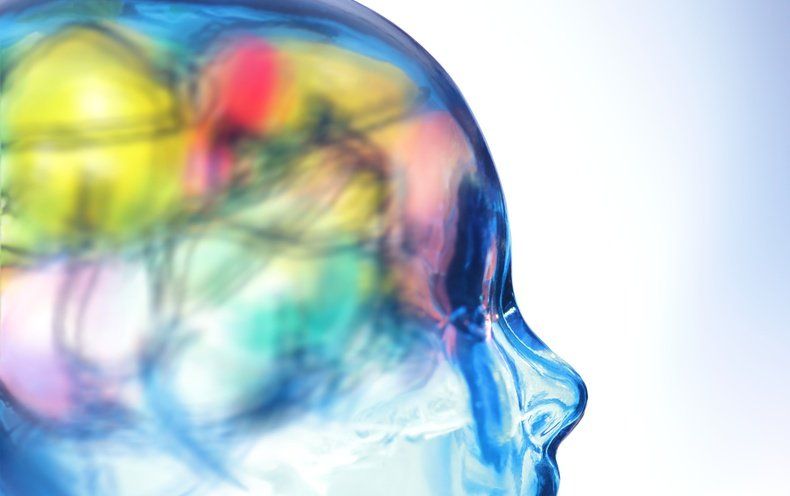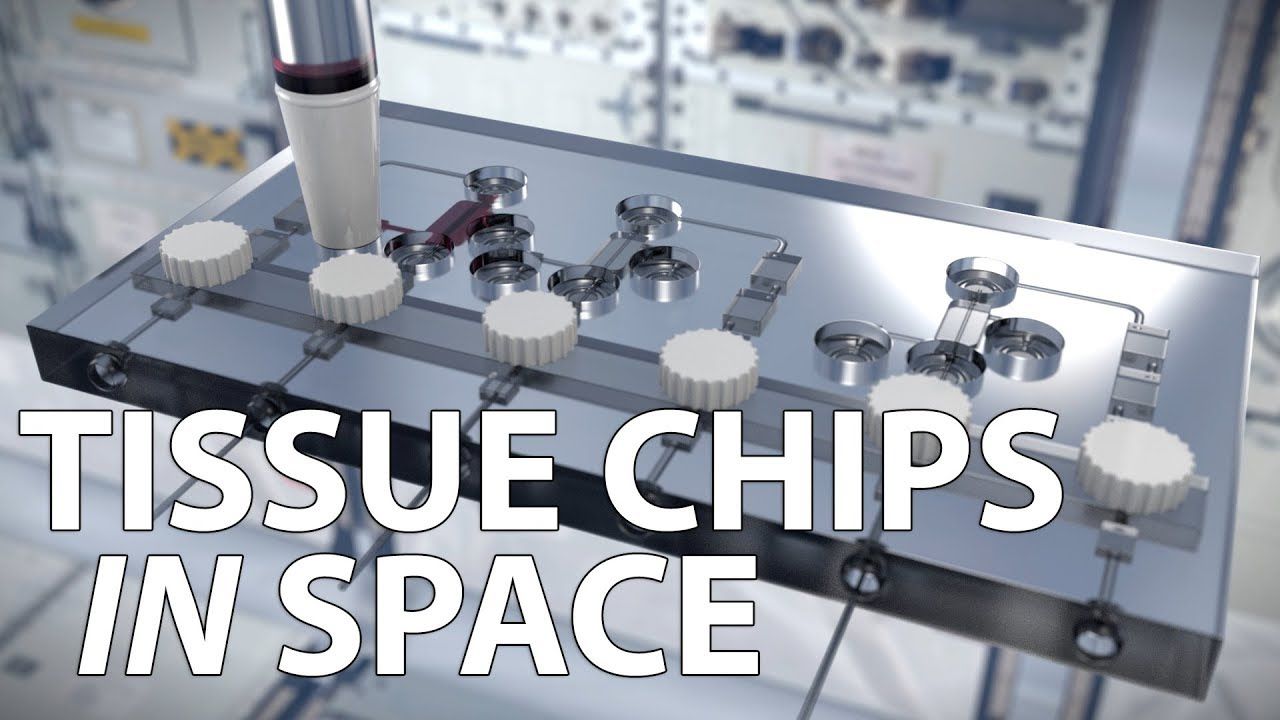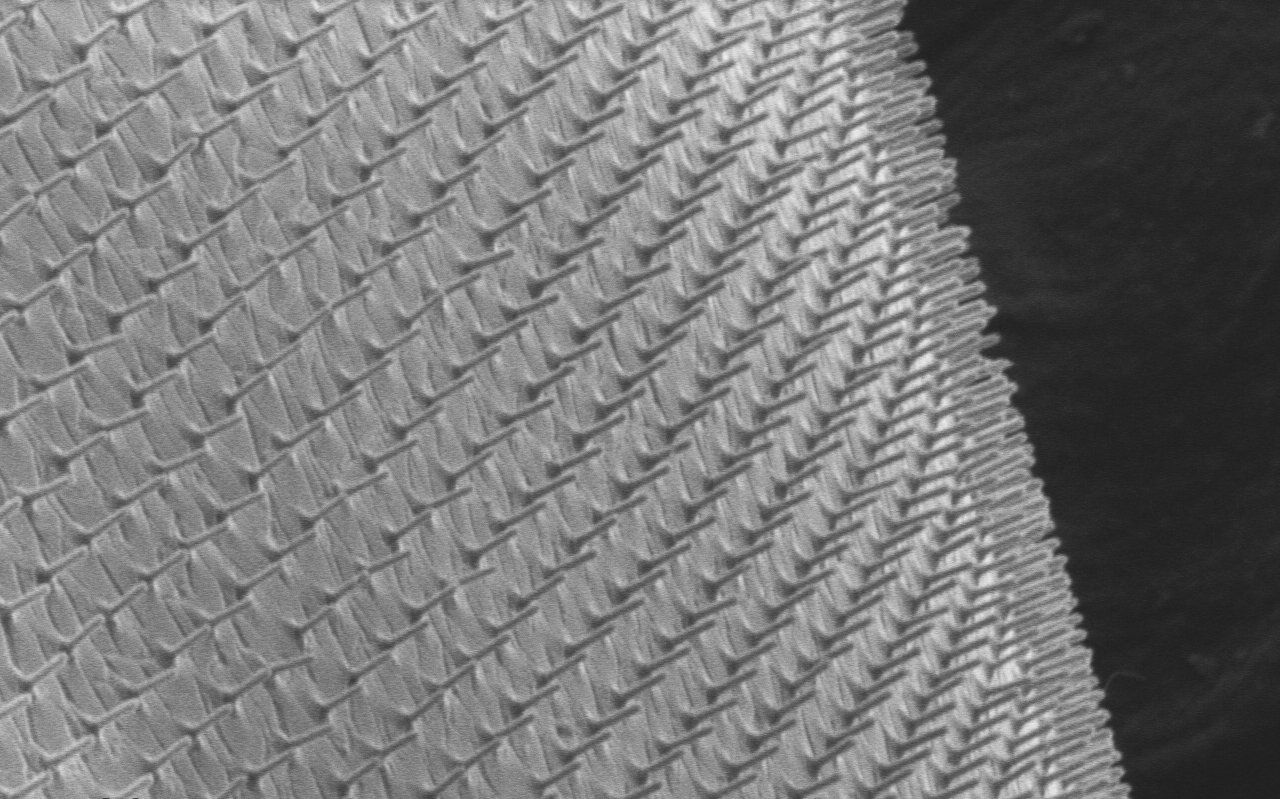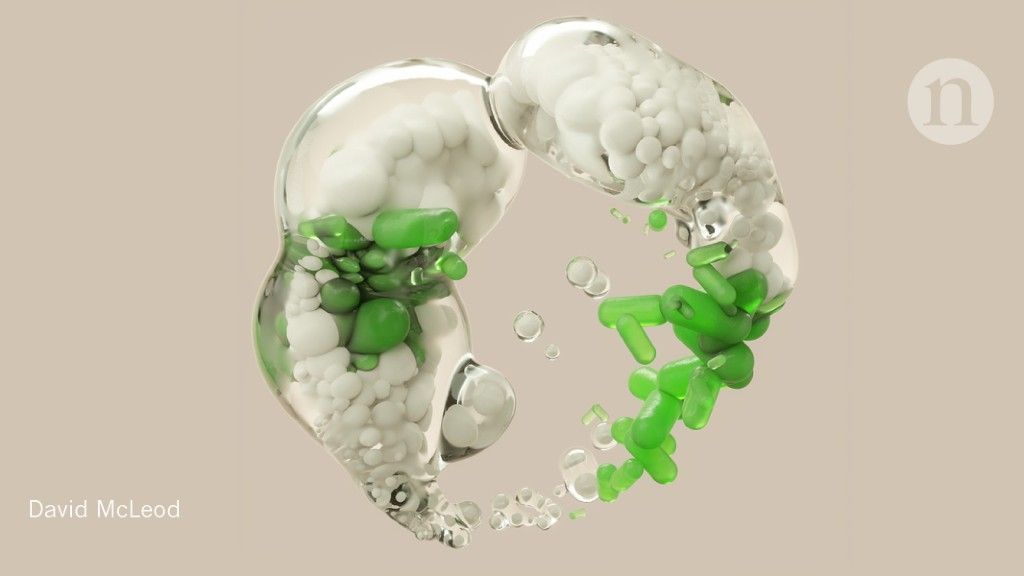An extraordinary new film about identical triplets throws doubt on the dominance of DNA.
Category: biotech/medical – Page 2,375
Motivation is such an intangible aspect of the human spirit that we often forget it has very real, neurochemical origins. We admire it in others and strive for it in ourselves (see: every Nike ad ever made), and now we are getting closer to potentially inducing that motivational feeling with drugs.
John Salamone, Ph.D., a professor at the University of Connecticut with a background in neural and behavioral pharmacology, has been working with the drug company Chronos Therapeutics to develop a drug that can restore motivation in people who have lost it — whether that’s due to the symptoms of depression, struggle with disease, or otherwise. He unveiled his early results on rats this week in a presentation at the Society For Neuroscience’s conference in San Diego, where he tells Inverse his board was bustling with activity:
“Basically we stood there for four hours and were busy the entire time,” says Salamone. The reception was overwhelmingly positive, he adds. “We didn’t have anyone say ‘This is crazy! This will never work!’”.
Just got these links: #Transhumanism is covered extensively in this hour long show from Discovery Channel that aired a few weeks ago. My 20-min interview in this program starts at 19 minutes: https://www.discovery.com/tv-shows/expedition-unknown/full-e…-dark-side & the YouTube link: https://www.youtube.com/watch?v=Jiigjw8enQ8
After drinking a mysterious drug concocted by Amazonian shamans, Josh shares exclusive footage and insights into his own life-changing journey to the brink of the afterlife. Josh meets the leader of a movement attempting to beat death through technology.
Grunya Sukhareva characterized autism nearly two decades before Austrian doctors Leo Kanner and Hans Asperger.
- By Lina Zeldovich, Spectrum on November 10, 2018
A small device that contains human cells in a 3D matrix represents a giant leap in the ability of scientists to test how those cells respond to stresses, drugs and genetic changes. About the size of a thumb drive, the devices are known as tissue chips or organs on chips.
A series of investigations to test tissue chips in microgravity aboard the International Space Station is planned through a collaboration between the National Center for Advancing Translational Sciences (NCATS) at the National Institutes for Health (NIH) and the Center for the Advancement of Science in Space (CASIS) in partnership with NASA. The Tissue Chips in Space initiative seeks to better understand the role of microgravity on human health and disease and to translate that understanding to improved human health on Earth.
“Spaceflight causes many significant changes in the human body,” said Liz Warren, associate program scientist at CASIS. “We expect tissue chips in space to behave much like an astronaut’s body, experiencing the same kind of rapid change.”
The economic toll of this superbug crisis is huge: In the United States alone the health-care costs dealing with antimicrobial resistance could reach $65 billion by 2050, according to the OECD report. That is more than the flu, HIV and tuberculosis. If projections are correct, resistance to backup antibiotics will be 70 percent higher in 2030 compared to 2005 in OECD countries. In the same period, resistance to third-line treatments will double across EU countries.
A new report released Wednesday from the OECD estimates that antimicrobial resistant infection is on track to kill 30,000 Americans per year by 2050. The OECD is calling on the US and other rich countries to implement 5 simple reforms to save lives.
Purdue University researchers have developed a new flexible and translucent base for silicon nanoneedle patches to deliver exact doses of biomolecules directly into cells and expand observational opportunities.
“This means that eight or nine silicon nanoneedles can be injected into a single cell without significantly damaging a cell. So we can use these nanoneedles to deliver biomolecules into cells or even tissues with minimal invasiveness,” said Chi Hwan Lee, an assistant professor in Purdue University’s Weldon School of Biomedical Engineering and School of Mechanical Engineering.
A surgeon performs surgery on the back of a hand of a patient who has melanoma. Purdue researchers are developing a new flexible and translucent base for silicon patches to deliver exact doses of biomolecules directly into cells and expand observational opportunities. The researchers say skin cancer could be one of the applications for the patches.
Researchers at Umeå university in Sweden have published a new study showing that the gut bacteria can carry information of past experiences of an altered environment from parents to offspring. Eggs and sperm are not the only information carriers from one generation to the next.
Eggs and sperm transmit genetic information from one generation to the next. The genetic information contains the blueprint for how to assemble a functional offspring. Most of this information is hardcoded in DNA and cannot be altered by experiences such as changes to the environment.
However, in the last decades, it has been shown that some effects of various lifestyles can be transmitted from parents to offspring through both the egg and the sperm. This study shows for the first time that also the gut bacteria, which are in general also transmitted from parents to offspring, are capable of transmitting information about what environment the parents were exposed to, to the offspring.
The pace of work has been accelerating, thanks in part to recent advances in microfluidic technologies, which allow scientists to coordinate the movements of minuscule cellular components. Research groups have already determined ways of sculpting cell-like blobs into desired shapes; of creating rudimentary versions of cellular metabolism; and of transplanting hand-crafted genomes into living cells. But bringing all these elements together remains a challenge.
Built from the bottom up, synthetic cells and other creations are starting to come together and could soon test the boundaries of life.









